Millisecond Pulsars can explain the Gamma-ray Excess in the Milky Way center
Monday, 13 June 2022 22:53 Old and fast spinning neutron stars called millisecond pulsars could be responsible for an unexplained signal from the center of our Milky Way, reports a team of astrophysicists in a new study published in Nature Astronomy.
Back in 2009, gamma-ray data from the Fermi-Large Area Telescope revealed an unexplained, apparently diffuse, signal from the center of the Milky Way. The origin of thi
Old and fast spinning neutron stars called millisecond pulsars could be responsible for an unexplained signal from the center of our Milky Way, reports a team of astrophysicists in a new study published in Nature Astronomy.
Back in 2009, gamma-ray data from the Fermi-Large Area Telescope revealed an unexplained, apparently diffuse, signal from the center of the Milky Way. The origin of thi Tracing The Remnants Of Andromeda's Violent History
Monday, 13 June 2022 22:53 A detailed analysis of the composition and motion of more than 500 stars revealed conclusive evidence of ancient a collision between Andromeda and a neighboring galaxy. The findings, which improve our understanding of the events that shape galaxy evolution, were presented by Carnegie's Ivanna Escala Monday at the meeting of the American Astronomical Society.
Galaxies grow by accreting mate
A detailed analysis of the composition and motion of more than 500 stars revealed conclusive evidence of ancient a collision between Andromeda and a neighboring galaxy. The findings, which improve our understanding of the events that shape galaxy evolution, were presented by Carnegie's Ivanna Escala Monday at the meeting of the American Astronomical Society.
Galaxies grow by accreting mate ESA centre to develop Europe's space economy and promote commercialisation
Monday, 13 June 2022 22:53 Entrepreneurs, fledgling firms and established space companies are to receive a boost with the launch of the European Centre for Space Economy and Commerce.
The ESA centre aims to create jobs and prosperity in Europe by fostering a fertile environment to promote the development of the space economy and boost the commercialisation of space in Europe. It will encourage disruptive innovation
Entrepreneurs, fledgling firms and established space companies are to receive a boost with the launch of the European Centre for Space Economy and Commerce.
The ESA centre aims to create jobs and prosperity in Europe by fostering a fertile environment to promote the development of the space economy and boost the commercialisation of space in Europe. It will encourage disruptive innovation AST SpaceMobile to launch BlueWalker 3 for Direct-to-Cell Phone Connectivity Testing
Monday, 13 June 2022 22:53 AST SpaceMobile, Inc. (NASDAQ: ASTS) has confirmed it plans to launch its BlueWalker 3 test satellite from Cape Canaveral, FL during the week of August 15, 2022.
The actual launch date remains subject to change and is contingent on a number of factors including, but not limited to, final testing, final integration, ground transport, timely readiness of the launch vehicle and other unknowns
AST SpaceMobile, Inc. (NASDAQ: ASTS) has confirmed it plans to launch its BlueWalker 3 test satellite from Cape Canaveral, FL during the week of August 15, 2022.
The actual launch date remains subject to change and is contingent on a number of factors including, but not limited to, final testing, final integration, ground transport, timely readiness of the launch vehicle and other unknowns Momentus First Demonstration Mission Update #3
Monday, 13 June 2022 22:53 Momentus Inc. (NASDAQ: MNTS) has provided its third Mission Update since the launch of its Vigoride-3 spacecraft on May 25.
As we previously stated in earlier updates on the inaugural flight of the Vigoride orbital transfer vehicle, the spacecraft experienced anomalies after its launch on May 25. Since that time, we have continued work to address the anomalies and identify root causes. Of
Momentus Inc. (NASDAQ: MNTS) has provided its third Mission Update since the launch of its Vigoride-3 spacecraft on May 25.
As we previously stated in earlier updates on the inaugural flight of the Vigoride orbital transfer vehicle, the spacecraft experienced anomalies after its launch on May 25. Since that time, we have continued work to address the anomalies and identify root causes. Of Smartphone technology provides satellites with increased computing power
Monday, 13 June 2022 22:53 Reliable and powerful computers play a central role in spaceflight - for example, computer systems in satellites enable sophisticated Earth observation missions. The German Aerospace Center is developing a new computer architecture that will provide On-Board Computers (OBCs) with more power as well as enabling them to repair themselves. Distributed heterogeneous OBCs are being created in the Sca
Reliable and powerful computers play a central role in spaceflight - for example, computer systems in satellites enable sophisticated Earth observation missions. The German Aerospace Center is developing a new computer architecture that will provide On-Board Computers (OBCs) with more power as well as enabling them to repair themselves. Distributed heterogeneous OBCs are being created in the Sca Atlas wins Defense Innovation Unit Award for hybrid network
Monday, 13 June 2022 20:50
Atlas Space Operations announced a Defense Innovation Unit contract June 8 to demonstrate a hybrid network to link Defense Department, civil government and commercial satellites.
The post Atlas wins Defense Innovation Unit Award for hybrid network appeared first on SpaceNews.
FAA environmental review to allow Starship orbital launches after changes
Monday, 13 June 2022 18:51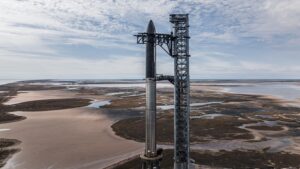
An FAA environmental review has concluded that SpaceX can conduct orbital launches of its Starship vehicle from its Texas test site, but only after completing dozens of mitigations to reduce impacts on the environment and the public.
Ariane 6 launch debut pushed into 2023
Monday, 13 June 2022 18:32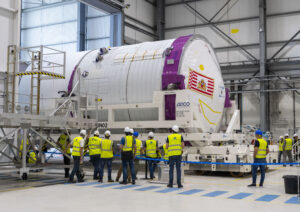
The maiden flight for Ariane 6 that had been slated toward the end of 2022 is now targeting next year, European Space Agency Director General Josef Aschbacher said June 13.
The post Ariane 6 launch debut pushed into 2023 appeared first on SpaceNews.
BlueWalker 3 launch window opens Aug. 15
Monday, 13 June 2022 15:16
AST SpaceMobile said June 13 that SpaceX aims to launch the prototype for its cellphone-compatible broadband constellation in the week of Aug. 15.
NASA Discoveries Highlighted at American Astronomical Society Meeting
Monday, 13 June 2022 12:59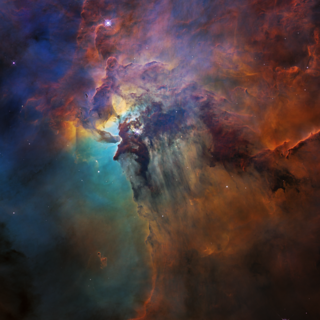 Scientists will discuss new research from NASA missions – on topics ranging from exoplanets to citizen science discoveries – at the 240th meeting of the American Astronomical Society (AAS).
Scientists will discuss new research from NASA missions – on topics ranging from exoplanets to citizen science discoveries – at the 240th meeting of the American Astronomical Society (AAS). Ariane 6 cryogenic disconnection systems pass key tests
Monday, 13 June 2022 12:00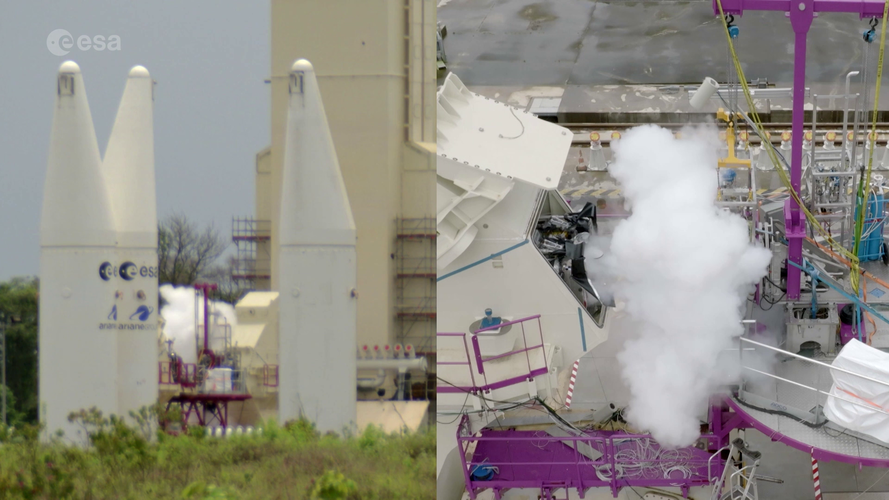 Video:
00:00:39
Video:
00:00:39
ESA’s new Ariane 6 heavy-lift rocket is a critical step closer to inaugural launch, following completion of tests to validate launch pad/launcher systems that will keep the vehicle topped up with liquid hydrogen and liquid oxygen in the critical moments before liftoff.
While on the launch pad at Europe’s Spaceport in French Guiana, Ariane 6 relies on a “cryogenic connection system” of umbilical cords carrying its hydrogen and oxygen fuel – liquified at -250C and -180C respectively – as well as helium and nitrogen used for flushing and purging. The tests seen in this video showed that retraction
ESA centre to develop Europe’s space economy and promote commercialisation
Monday, 13 June 2022 10:30
Entrepreneurs, fledgling firms and established space companies are to receive a boost with the launch of the European Centre for Space Economy and Commerce.
GAO finds CASIS not making full use of advisory committee
Monday, 13 June 2022 10:28
The nonprofit that runs the national laboratory portion of the International Space Station is not making full use of the advisory group established after an independent review of the organization.
The post GAO finds CASIS not making full use of advisory committee appeared first on SpaceNews.
Gaia data release 3 – press event
Monday, 13 June 2022 10:00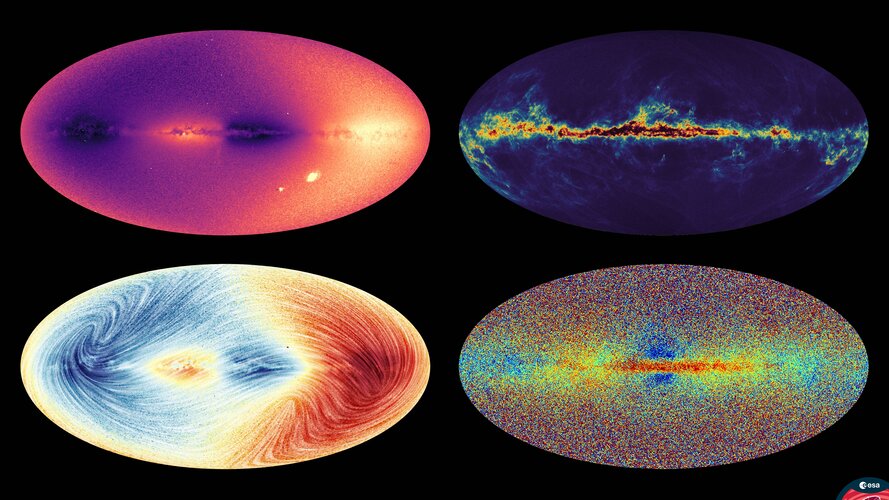 Video:
00:54:56
Video:
00:54:56
Watch the replay of the press event for Gaia’s data release 3 on 13 June 2022.
Gaia experts and scientists present the findings and answer questions from journalists. Gaia is ESA’s mission to create the most accurate and complete multi-dimensional map of the Milky Way.
